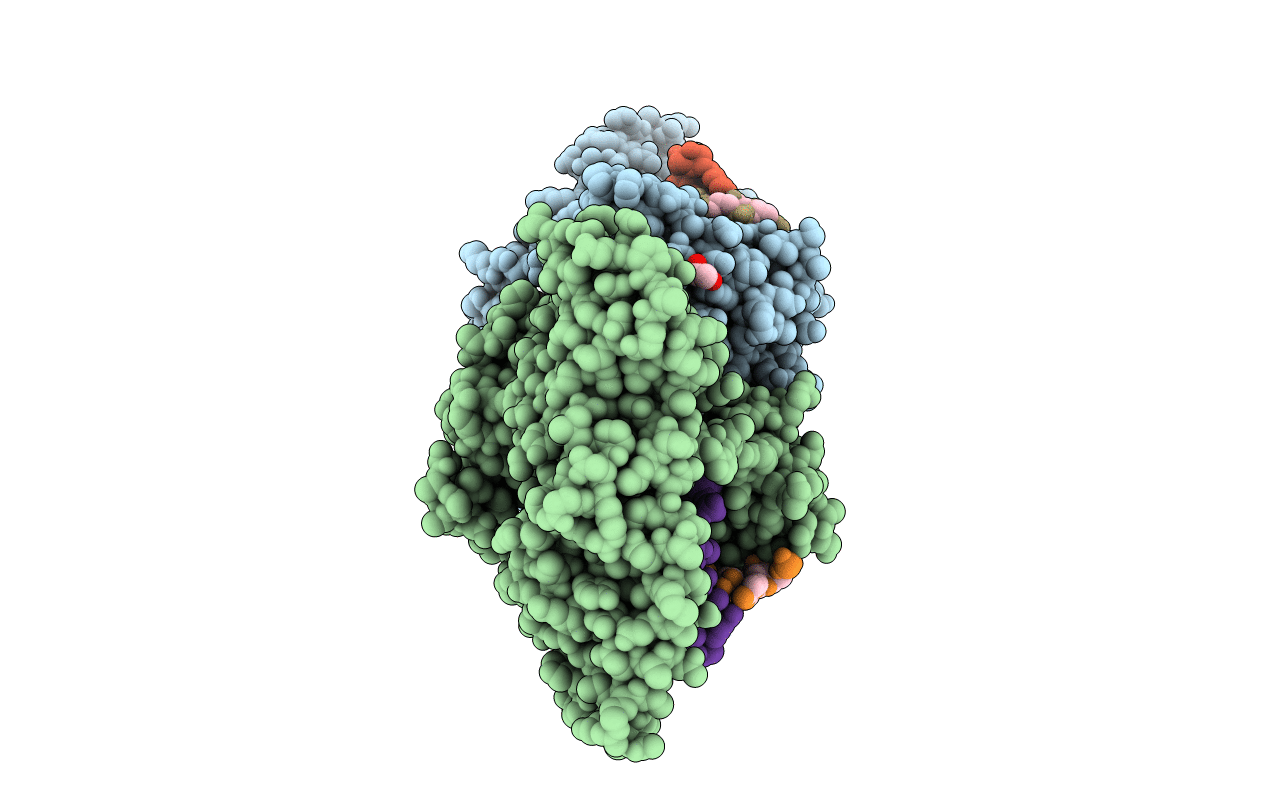
Deposition Date
2017-06-06
Release Date
2017-10-18
Last Version Date
2024-03-13
Entry Detail
PDB ID:
5W2C
Keywords:
Title:
Structure of human DNA polymerase kappa in complex with Lucidin-derived DNA adduct and incoming dAMPNPP
Biological Source:
Source Organism:
Homo sapiens (Taxon ID: 9606)
unidentified (Taxon ID: 32644)
unidentified (Taxon ID: 32644)
Host Organism:
Method Details:
Experimental Method:
Resolution:
2.50 Å
R-Value Free:
0.25
R-Value Work:
0.21
R-Value Observed:
0.21
Space Group:
P 21 21 21


